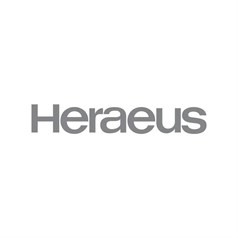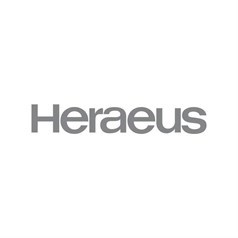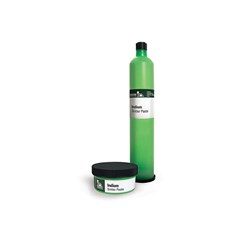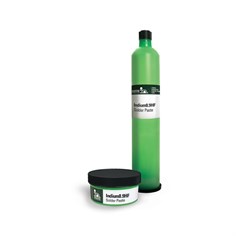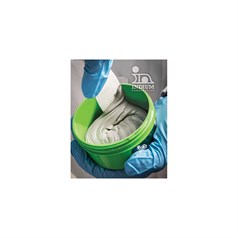- Home
- Solders, Fluxes and Preforms
- Solder Paste
Solder Paste
Solder paste is used in the manufacturing of printed circuit boards (PCBs). The paste is a mixture of small solder spheres held within solder flux. It connects surface mount components to pads on the board. Traditionally, solders used to be tin and lead. As a result of legislation, most solders today are made of lead-free alloys.
Conro offers a wide choice of solder paste from major manufacturers, such as Indium Corporation.
Conro is an authorised distributor for Indium Corporation.
Application of solder paste
Solder paste is applied to the board by jet printing, stencil printing or syringe. It is only applied to the areas where it is required. The components are then put in place by a machine or by hand.
The sticky paste holds the components in place. The board is then heated, melting the paste. This creates a mechanical bond and an electrical connection.
Uses of solder paste
They are used in the assembly of PCBs for a wide variety of applications. These include:
- smart phones and tablets
- computer motherboards
- consumer electronic products
- network servers
- automotive systems
- medical equipment
Types of solder paste
There are various grades available. The required type can be selected to fit in with the PCB assembly process used. They are graded according to the size of the solder spheres. Type designation ranges from 1 (largest particles) to 8 (smallest).
Solder can also be categorized according to the type of flux:
- Resin based: made from a natural extract from pine trees.
- Water soluble based: made up of organic materials and glycol bases.
- No-clean: made with resins and various levels of solid residues.





